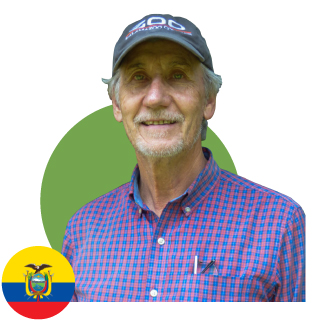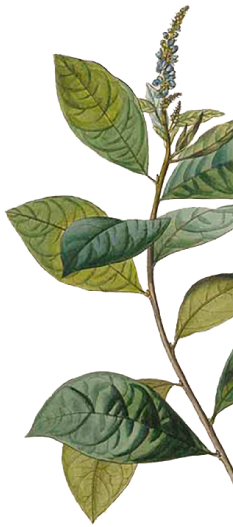
Hugo Valdebenito, Ph.D.
Institution and Research Interests
Dr. Hugo Valdebenito earned his Ph.D. in Botany from The Ohio State University (Columbus, Ohio, USA) in 1990. He subsequently served as Head of Botany at the Charles Darwin Research Station, Galápagos Islands, and since 1994 has been Professor in the College of Biological and Environmental Sciences at the Universidad San Francisco de Quito, Quito, Ecuador. His interests include teaching and research in botany, ecology, and wildlife conservation on the Flora of the Galapagos Islands and mainland Ecuador. He has authored more than 30 scientific papers and participated in several national and international meetings. Currently, he is the Director of the Herbarium de Botanica Economica del Ecuador (QUSF)
Email: hvaldebenito@usfq.edu.ec.

Abstract
FLORA OF THE GALÁPAGOS ISLANDS
Hugo A. Valdebenito
Herbario QUSF, Universidad San Francisco de Quito,
Quito, Ecuador
Chinese/Neotropical Botanical Diversity, An International Virtual Symposium
China/Ecuador
Thursday August 18th, 2022
08:30-09:15 (Quito, Ecuador)
21:30-22:15 (Guangzhou, China)
The Galapagos Islands (Ecuador) is one of the most iconic archipelagos in the world and is characterized by the high endemism of its flora and fauna, as well as evolutionary events such as adaptive radiation (i.e. Scalesia), insular gigantism (Opuntia), coevolution and others. Unfortunately, this vegetation is threatened by both invasive introduced plant species (guava, blackberry) as well as animal species (goats).
The purpose of this talk is to: a) characterize the environmental conditions that have favored endemism; b) characterize the endemic flora and its origins and, c) briefly describe programs aimed at its conservation.
The endemism of the Galapagos flora (33%) is basically promoted by three factors: a) 1000 km of ocean separating it from the mainland, b) the geological age of the islands, and c) natural events such as the El Niño Event and different environmental conditions (i.e., humidity and temperature) of the islands. Additionally, these factors have promoted the presence of 7 endemic genera, such as Macraea (1 sp), Darwiniothamnus (4 spp), Jasminocereus (3 spp), Brachycereus (1 spp), Scalesia (20), Lecocarpus (3 spp), and Sicyocaulis (1 spp, extinct). With respect to its origins, the Galapagos flora is mainly related (56%) to the Andean region of South America, that is, the western region of the continent, from Venezuela to Chile.
With respect to conservation programs, unfortunately, more than 900 introduced species have been described for Galapagos, with ca. 30 invasive species. Conservation programs include manual control programs and reforestation with endemic and native species.
Keywords:
Galapagos archipelago, endemism, invasive species, Ecuador
© Chinese – Neotropical Botanical Diversity 2022. All Rights Reserved.

